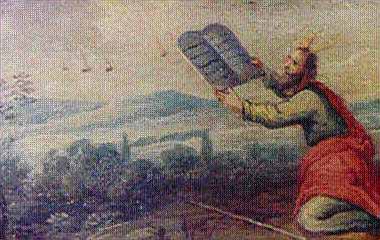Quilling is deeply rooted in world historical past, popularly believed to have come into being in China, after the discovery of papermaking. Exterior Europe, major examples of rock artwork embrace: Ubirr Aboriginal artworks (from 30,000 BCE), the animal figure paintings in charcoal and ochre at the Apollo eleven Cave (from 25,500 BCE) in Namibia, the Bradshaw paintings (from 17,000 BCE) in Western Australia, and the hand stencil photos at the Cuevas de las Manos (Cave of the Palms) (from 9500 BCE) in Argentina, amongst many others.
These include: Minimalism , a purist form of abstraction which did little to advertise painting as a lovely medium; Neo-Expressionism , which encompassed teams like the “Ugly Realists”, the “Neue Wilden”, “Figuration Libre”, “Transavanguardia”, the “New Image Painters” and the so-called “Bad Painters”, signalled a return to depicting recognizable objects, like the human body (albeit usually in a quasi-abstract model), using rough brushwork, vivid colors and color harmonies; and the wholly figurative types adopted by teams equivalent to “New Subjectivity” and the “London Faculty”.
With Griselda Pollock ‘s reading of French feminist psychoanalysis and particularly the writings of Julia Kristeva and Bracha L. Ettinger , as with Rosalind Krauss readings of Jacques Lacan and Jean-François Lyotard and Catherine de Zegher’s curatorial rereading of artwork, Feminist idea written within the fields of French feminism and Psychoanalysis has strongly knowledgeable the reframing of each women and men artists in artwork history.
These included: Die Brucke (1905-11), a gaggle based in Dresden in 1905, which mixed components of traditional German artwork with Publish-Impressionist and Fauvist kinds, exemplified in works by Ernst Ludwig Kirchner, Karl Schmidt-Rottluff, Erik Heckel, and Emil Nolde; Der Blaue Reiter (1911-14), a unfastened association of artists primarily based in Munich, together with Wassily Kandinsky, Franz Marc, August Macke, and Paul Klee; Die Neue Sachlichkeit (1920s) a post-conflict satirical-realist group whose members included Otto Dix, George Grosz, Christian Schad and to a lesser extent Max Beckmann.
eleven Winckelmann critiqued the inventive excesses of Baroque and Rococo varieties, and was instrumental in reforming taste in favor of the more sober Neoclassicism Jacob Burckhardt (1818-1897), one of the founders of art historical past, famous that Winckelmann was ‘the primary to distinguish between the intervals of ancient art and to link the history of style with world history’.